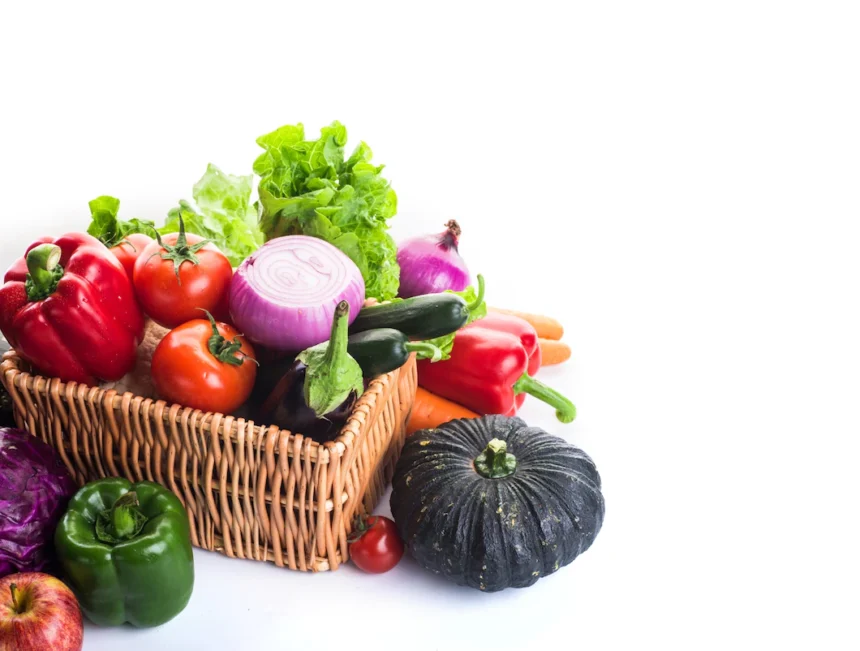Indigenous African crops are an integral part of the continent’s rich agricultural heritage. Here are ten notable crops that have been cultivated by African communities for centuries:
- Sorghum: A versatile grain crop, sorghum is drought-tolerant and can thrive in various African regions. It is used to make porridge, bread, beverages, and animal feed.
- Millet: Millet is another drought-resistant grain crop that is widely cultivated in Africa. It is a staple food in many countries and is used to make porridge, flatbread, and alcoholic beverages.
- Cassava: Cassava is a starchy root crop that is a vital source of carbohydrates for millions of people in Africa. It can be boiled, fried, or processed into flour for various dishes.
- Cowpea: Also known as black-eyed pea, cowpea is a legume that is commonly grown in Africa. It is rich in protein and is consumed in soups, stews, and as a side dish.
- Bambara Groundnut: This drought-tolerant legume is native to Africa and is widely grown in the Sahel region. The nut-like seeds are consumed roasted, boiled, or ground into flour.
- Finger Millet: Finger millet, also called ragi, is a nutritious cereal crop cultivated in East Africa. It is known for its high protein and mineral content and is used to make porridge, flatbread, and fermented beverages.
- Teff: Teff is a tiny grain that originated in Ethiopia and Eritrea. It is a staple crop and is used to make the traditional flatbread called injera. Teff is highly nutritious and gluten-free.
- Baobab: The baobab tree is known as the “Tree of Life” in Africa. Its fruit is rich in vitamin C and is used to make juices, jams, and powdered nutritional supplements.
- Okra: Okra is a popular vegetable crop in many African countries. The tender pods are used in soups, stews, and are often cooked with tomatoes and onions.
- Moringa: Moringa is a nutrient-dense tree crop that is native to Africa. Its leaves are rich in vitamins and minerals and are used in cooking, while its seeds are processed into oil.
These crops are just a glimpse of the diverse agricultural heritage of Africa, showcasing the continent’s ingenuity in cultivating and utilizing indigenous plants.
Join 'Farmers Mag' WhatsApp Channel
Get the latest Farming news and tips delivered straight to your WhatsApp
CLICK HERE TO JOIN






